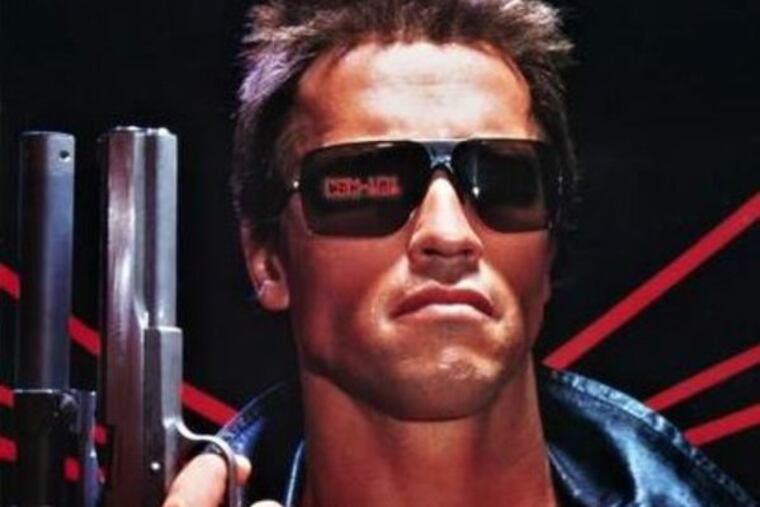New Penn study casts more doubt on MPAA movie ratings
In PG-13 flicks violence is often linked with alcohol, sex.

Before you allow your kids to take in a PG-13 movie at the local gigaplex, a new study suggests you may want to think twice.
Recent PG-13 movies are not only more violent than R rated films, PG-13 movies are also studded with violent lead characters who glorify other risky behaviors including drinking and sex, according to research published today in the journal Pediatrics.
Those depictions, which one researcher called "troubling," may lead young and impulsive teenagers to prematurely experiment with alcohol and sex, the study suggests.
"If the goal of the rating system is to shield youth from age-inappropriate behavior and be a tool for parents, I think its effectiveness is in doubt," said Amy Bleakley, the author of the study and senior research scientist at the Annenberg Center for Public Policy at the University of Pennsylvania.
The study is the second from Penn in as many months to depict the movie ratings, issued by the Motion Picture Association of America, as an undependable guide for parents.
In November, they found the smoking gun of "ratings creep," determining that gun violence has tripled in PG-13 movies since the rating was introduced 25 years ago. Consider that "Terminator" (1984) was released with an R rating; its more violent sequel received a PG-13. "Robocop" (1987) was initially slapped with an X rating before edits brought it to an R. The Robo-remake, set for release early next year, is expected to be rated PG-13.
In the study released today, Bleakley's group looked at 400 of the top-grossing movies released from 1985 to 2010. They found 90% of those movies contained a segment with a main character involved in violence. Of that group, 77% had a main character in the same 5-minute segment partaking in one other risk behavior, usually alcohol and sex.
"We're not sure about the effects of that," Bleakley said. "But this study is a step in trying to understand what children are being exposed to."
Though a PG-13 rating does little to screen out bloodshed, mayhem, drinking and sex, it does filter out one verboten vice -- smoking.
"Tobacco we found is relegated mostly to R movies now," Bleakley said.
For years, numerous critics have lambasted the ratings system as untrustworthy or broken. But according to one director, barbs and academic studies are unlikely to change anything.
"The PG-13 rating is designed to attract the most lucrative market," said documentary filmmaker Kirby Dick. "Basically, they're sacrificing America's children for their own bottom line."
Dick's scathing 2006 documentary, "This Film Is Not Yet Rated," savaged the MPAA and outted the Association's secretive board of raters by name.
A spokeswoman for the MPAA said that the organization's ratings merely reflect the values of the American public.
"It's important to remember that a PG-13 is a strong warning to parents about the content of a film, and it is accompanied by a descriptor that gives parents specific detail about which elements of the film warranted the rating," said Kate Bedingfield, the former director of media affairs for the Obama White House who now serves as the MPAA's chief spokesperson.
"The purpose of the rating system is to reflect the standards of American parents, not set them – the rating board tries to rate a film the way they believe a majority of American parents would rate it," Bedingfield said. "Societal standards change over time and the rating system is built to change with them."
Dick, whose most recent documentary focuses on the epidemic of rape in the military, dismissed Bedingfield's claims as "complete B.S." and called the descriptors "laughable and inscrutable" because they lack standardization.
And he noted that many of the raters -- who watch up to 800 movies a year -- either had no children or had children who were well into adulthood.
"They don't reflect the standards of American parents at all," he said.
Contact Sam Wood at 215 854 2796, samwood@phillynews.com or @samwoodiii